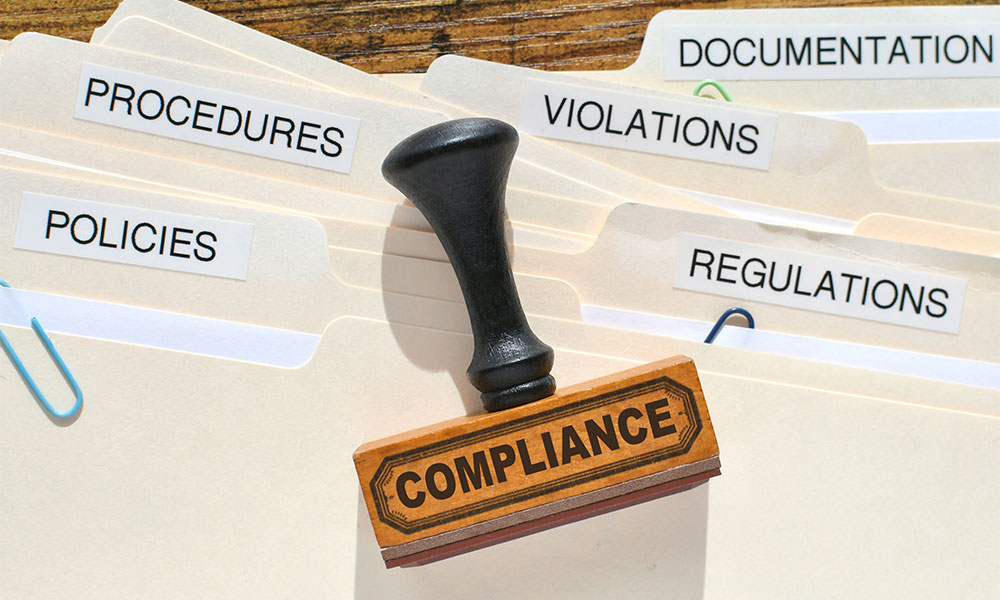From Bourbon Street to Biostimulants: AAPFCO Winter Meeting Recap
Big Changes on the Horizon: Key Takeaways from the AAPFCO Winter Meeting
Eric White (Chief Maven) and Christy Leeper (Regulatory Affairs Manager) attended the AAPFCO (Association of American Plant Food Control Officials) winter meeting (Feb 17-18, 2025) in New Orleans. Beyond the packed regulatory discussions, we had the chance to soak in the local culture—taking a stroll down Bourbon Street, enjoying beignets at Café Du Monde, and even learning the finer points of Cajun cuisine at the New Orleans School of Cooking. But most importantly, we connected with regulators from across the country to ensure we stay ahead of upcoming regulatory changes. Here’s a recap of the key takeaways from the meeting—if any of these updates might impact your product portfolio, let’s talk!
1. A Shift in Nutrient Classification
The longstanding distinction between primary, secondary, and micronutrients is evolving. AAPFCO has revised the definitions of Secondary and Micronutrient and moved them to tentative status to include silicon as a recognized plant nutrient. This change reclassifies soluble silicon from a beneficial substance to a nutrient, providing a pathway for other elements to gain official nutrient status. While this shift simplifies classification in the long term, it may create short-term uncertainty (2-5 years) as states adjust their labeling laws to reflect the new definition. Products currently labeling soluble silicon as a beneficial substance will need to update their guaranteed analysis accordingly.
What does this mean for you? If your products contain elements beyond the traditional nutrient categories, this could open doors for broader claims and more straightforward compliance. However, if your product currently guarantees soluble silicon in the soil amending section, there will likely be a transition period before it needs to be moved into the guaranteed analysis.
2. Biostimulants Continue to Gain Regulatory Attention
Biostimulants remain a hot topic, with states continuing to build out regulatory frameworks. One of the most significant developments from the meeting was the proposal of a positive list of 226 microbial species, which was voted to tentative status. The list of genus and species for inclusion as biostimulants will likely continue to grow, with 5-10 more species reviewed and added every six months. However, microbes with pest or pathogenic properties are under further evaluation, and those with pathogenic properties may be reconsidered for removal. Additionally, labels will remain claims-based, meaning that products with both biostimulant and pesticide properties can only make microbial biostimulant claims unless they undergo dual registration as a pesticide. Discussions also covered enzymes, protein hydrolysates, and amino acids, including whether specific amino acids should be added to the positive list of biostimulants.
Translation: If your products contain microbes, inclusion on this list may streamline regulatory acceptance, but proving efficacy for specific claims will still be key. We’ll be monitoring how states incorporate this into their regulations and what it means for product registrations.
3. Progress on the Beneficial Substances Model Bill
The Beneficial Substances Model Bill is continuing to gain traction across the country. Its goal is to establish a consistent format for soil amendments, standardizing the header as “Contains Beneficial Substances” instead of state-specific variations. Adoption is progressing well, with 29 states and Canada either already accepting or considering legislation in 2025 to align with this language. This movement toward uniformity could simplify compliance and labeling requirements for affected products.
For companies navigating the patchwork of state regulations, this progress is promising—it could eventually mean more uniformity across state lines. If your products fall under this category, now is a great time to review how these regulatory shifts might affect your strategy.
What’s Next?
These regulatory updates could have a significant impact on product classification, marketing claims, and state-level compliance requirements. If you’re wondering how these changes might affect your portfolio, we’re here to help. Reach out, and let’s ensure your products stay ahead of evolving regulations.









